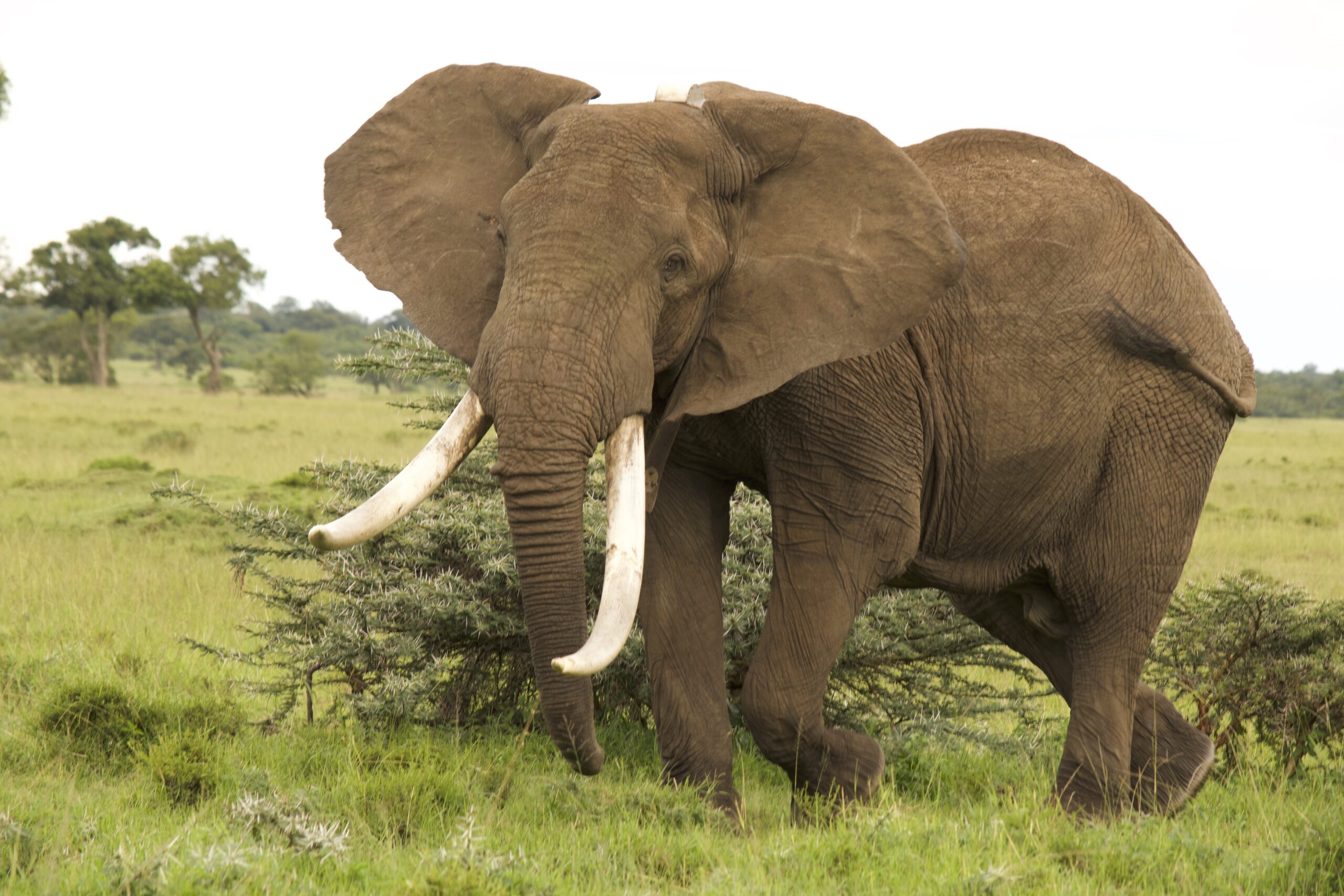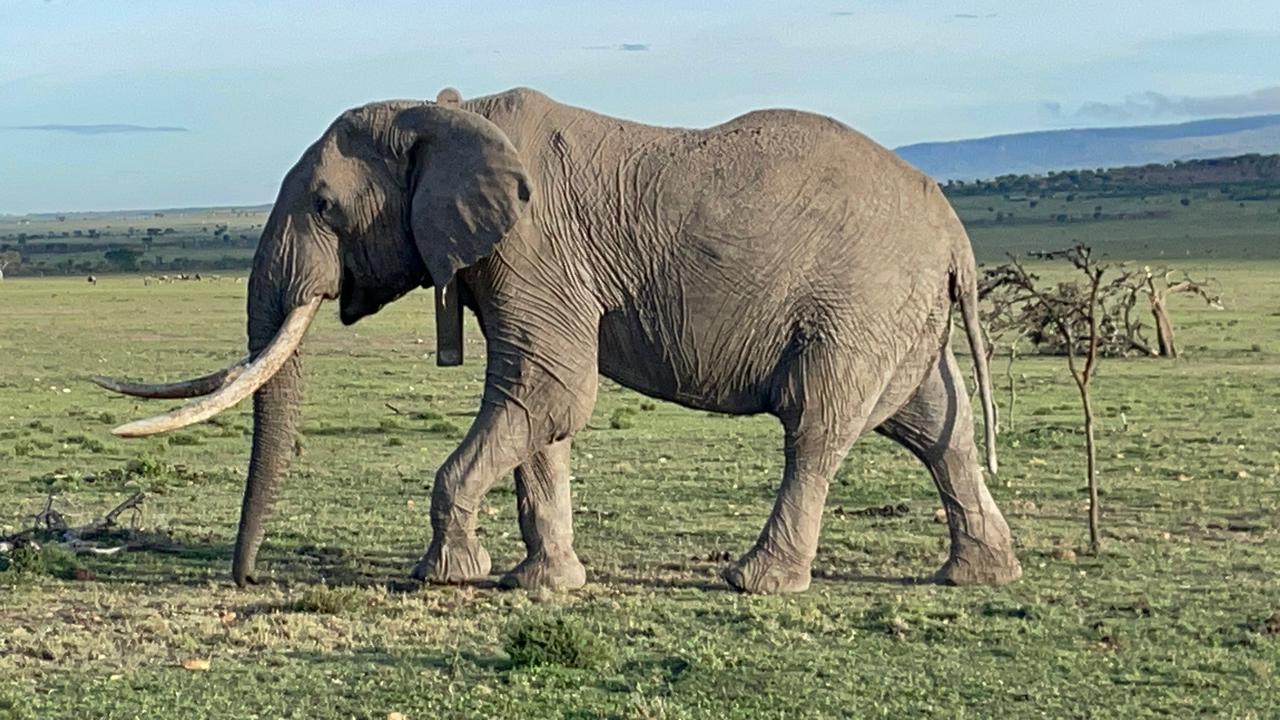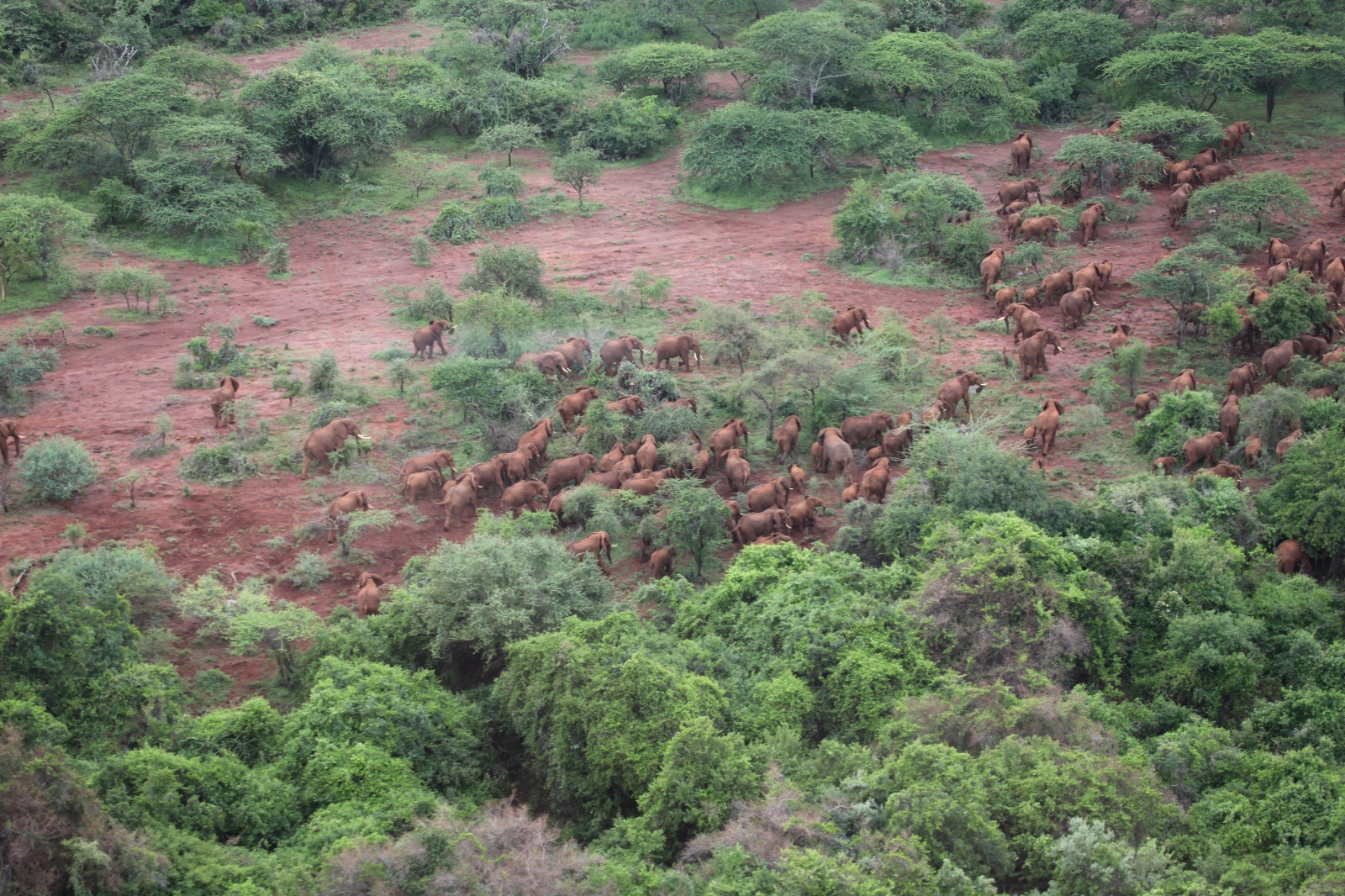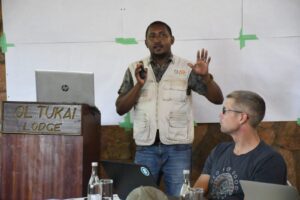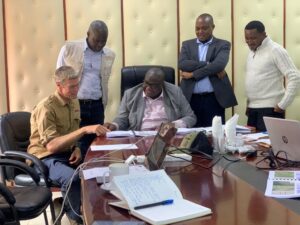 In the second quarter, Mara Elephant Project had the pleasure of presenting to government partner the Wildlife Research & Training Institute (WRTI) an update on our joint ongoing elephant monitoring efforts. WRTI and MEP are working together to integrate the EarthRanger software system and other conservation technology at their headquarters in Naivasha to aid Kenya’s efforts in addressing wildlife challenges. During the meeting, we discussed future plans for collecting, storing and effectively using Kenya’s wildlife data and collaborative efforts to communicate our efforts for maximum impact. Additionally, MEP participated in the launch for the National Wildlife Research Agenda (2023-2027) in Naivasha at WRTI headquarters. The aim of this agenda is to provide scientific, evidence-based information to support decision making while addressing today’s wildlife conservation and management challenges. MEP will partner with WRTI to implement some of the agenda’s core seven research programs within the next four years.
In the second quarter, Mara Elephant Project had the pleasure of presenting to government partner the Wildlife Research & Training Institute (WRTI) an update on our joint ongoing elephant monitoring efforts. WRTI and MEP are working together to integrate the EarthRanger software system and other conservation technology at their headquarters in Naivasha to aid Kenya’s efforts in addressing wildlife challenges. During the meeting, we discussed future plans for collecting, storing and effectively using Kenya’s wildlife data and collaborative efforts to communicate our efforts for maximum impact. Additionally, MEP participated in the launch for the National Wildlife Research Agenda (2023-2027) in Naivasha at WRTI headquarters. The aim of this agenda is to provide scientific, evidence-based information to support decision making while addressing today’s wildlife conservation and management challenges. MEP will partner with WRTI to implement some of the agenda’s core seven research programs within the next four years.
MEP has joined partners to develop a monitoring framework for the long-term protection of the Greater Mara Ecosystem. The Greater Mara Monitoring Framework (GMMF) will help to streamline the collection, processing and synthesis of data about the health of the ecosystem, which will hopefully be adopted by WRTI, Narok County Government (NCG) and the Maasai Mara Wildlife Conservancies Association (MMWCA). During the second quarter, the MEP Research team and partners Holly Dublin, Cindy Obath and MMWCA hosted a GMMF technical workshop and toward the end of the second quarter the development thus far of the framework was presented at the WRTI/KWS/NCG workshop.
 The MEP long-term monitoring (LTM) team worked in the Mara monitoring elephants to continue their individual identification work. In June, the LTM team visited the Amboseli Trust for Elephants to participate in a training course at the Amboseli Elephant Research Centre. MEP is collecting identification data on the existing elephant population in the Mara to build a database of known individuals. The training included both classroom and field work, where they had the opportunity to see the famous elephant Craig, and focused on studying the aging of elephants, identifying matriarchs and developing a better understanding of elephant social behavior.
The MEP long-term monitoring (LTM) team worked in the Mara monitoring elephants to continue their individual identification work. In June, the LTM team visited the Amboseli Trust for Elephants to participate in a training course at the Amboseli Elephant Research Centre. MEP is collecting identification data on the existing elephant population in the Mara to build a database of known individuals. The training included both classroom and field work, where they had the opportunity to see the famous elephant Craig, and focused on studying the aging of elephants, identifying matriarchs and developing a better understanding of elephant social behavior.
📸 Amboseli Trust for Elephants
 The LTM participated in one elephant treatment in the second quarter. On May 12, a male elephant that MEP has identified as individual 159 was reported to have a spear wound that needed vet intervention. Kenya Wildlife Service Vet Dr. Njoroge with the Sheldrick Wildlife Trust Mobile Vet Unit responded, and MEP also deployed the helicopter to provide aerial support to the ground teams. After a successful treatment, the bull was back on his feet. We continued to closely monitor him throughout the quarter.
The LTM participated in one elephant treatment in the second quarter. On May 12, a male elephant that MEP has identified as individual 159 was reported to have a spear wound that needed vet intervention. Kenya Wildlife Service Vet Dr. Njoroge with the Sheldrick Wildlife Trust Mobile Vet Unit responded, and MEP also deployed the helicopter to provide aerial support to the ground teams. After a successful treatment, the bull was back on his feet. We continued to closely monitor him throughout the quarter.
At the MEP Co-Existence Farm, the quarter started with a deluge of rain and the Mara River, which runs along the farm, gave us a scare as it continued to rise. Given the rainfall, the major activity at the time was weeding the farm, but the team worked hard and maintained a clean farm. There were very few re-planting activities and low predation since the rainfall ensured there was plenty of long green grass availability for the predators like hippos. As the farm slowly dried out over the quarter, we noted several elephant visitors. We had one elephant that visited the farm for close to seven days consecutively and predated on each of the five plots of cucumbers, butternut squash and sweet potatoes and one plot of maize surrounded by the ditch deterrent. The big news from the second quarter is that we hosted our first kitchen garden training at the farm. Over 45 women attended, and they asked a lot of questions and conveyed the importance of the farm to conservation and the community. We’ll host another soon.
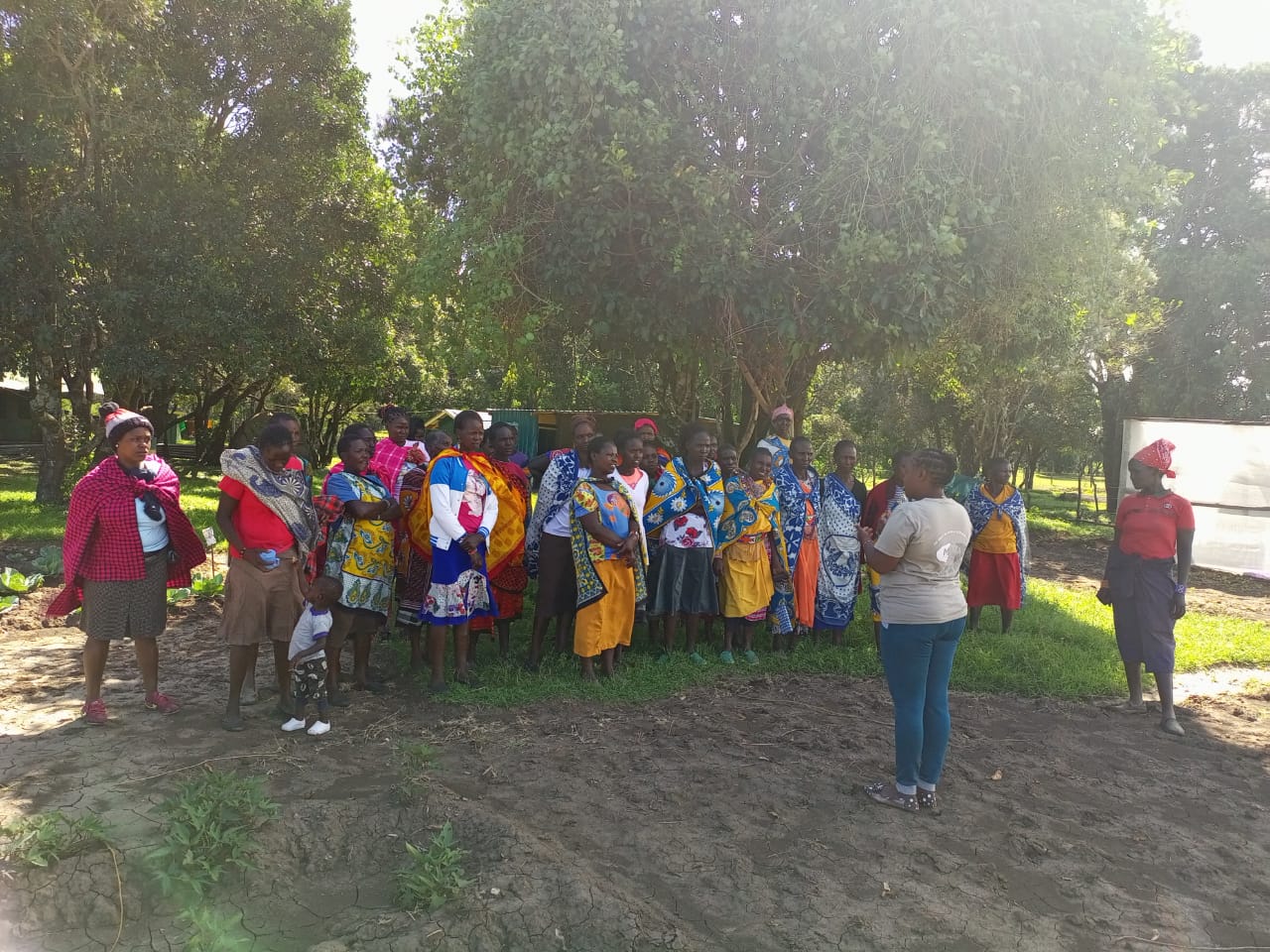
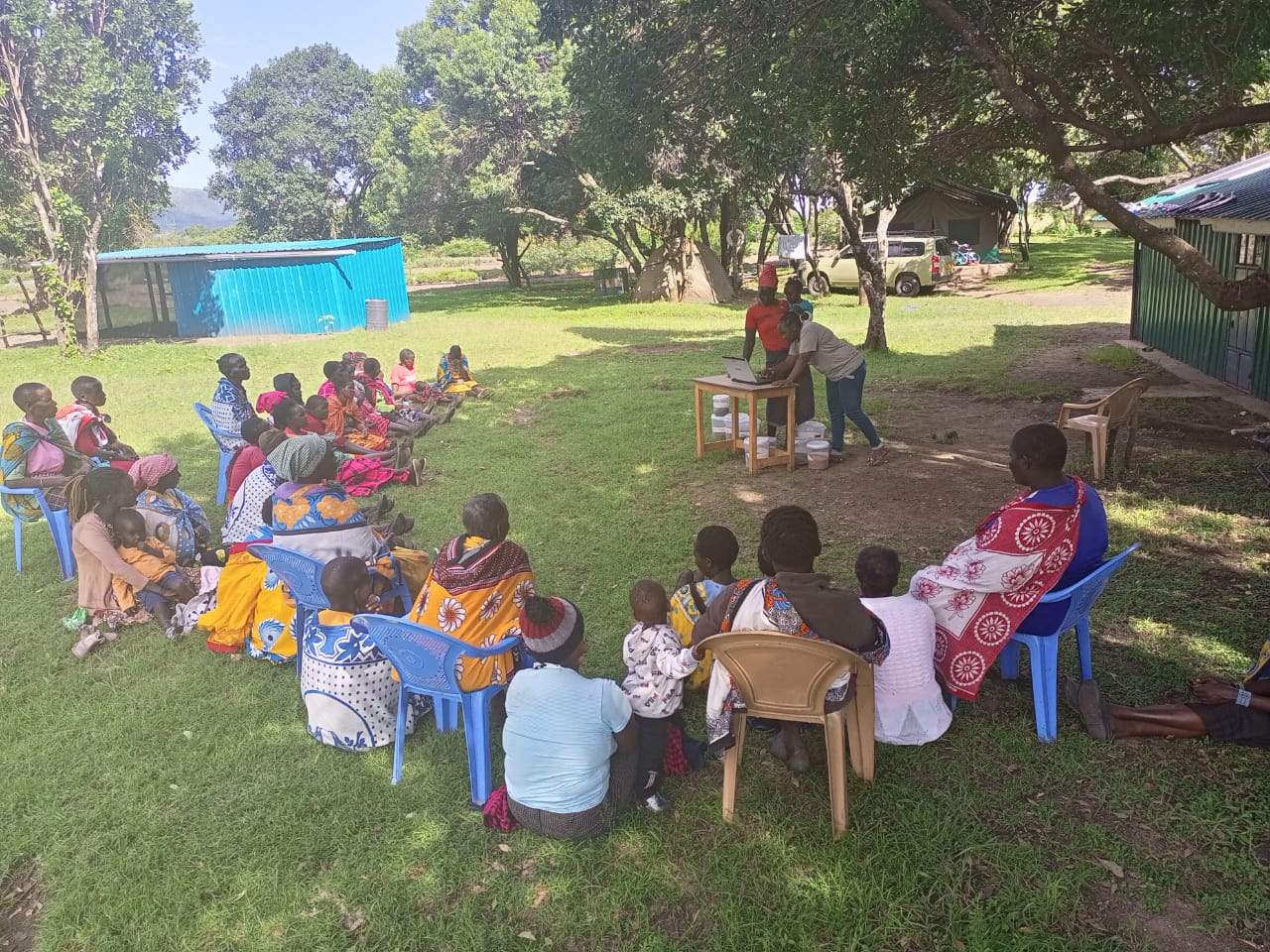
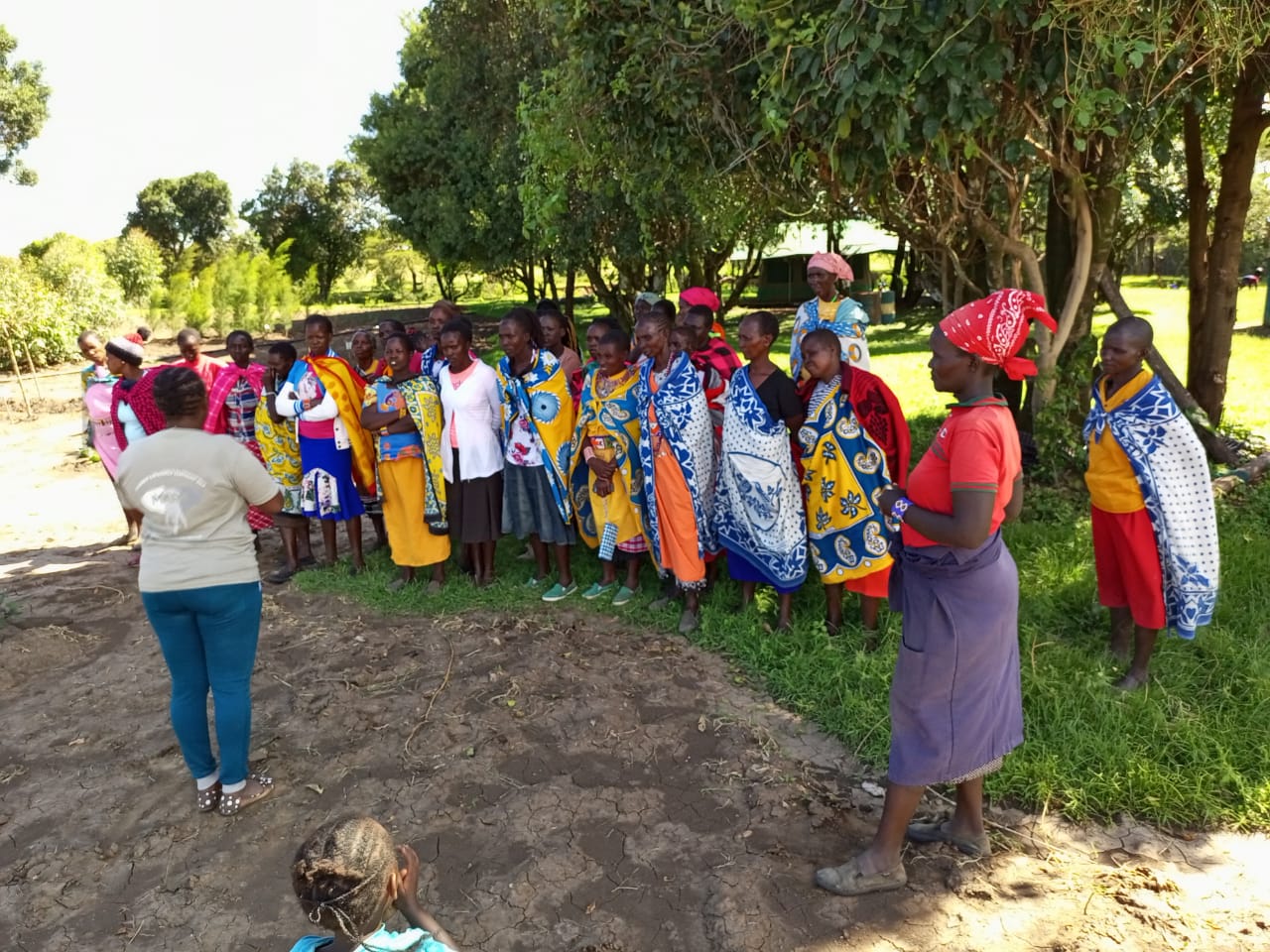
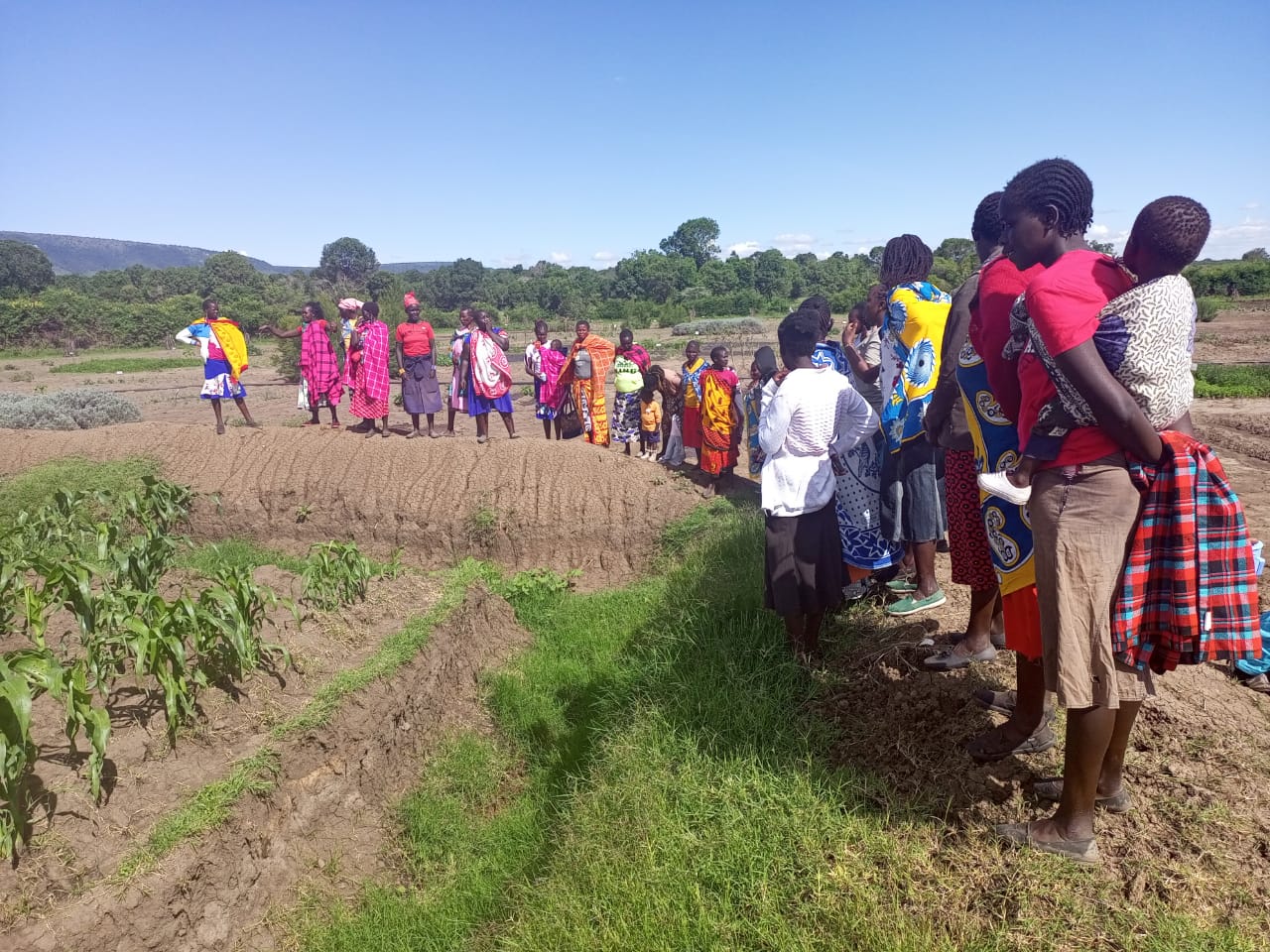
In April, MEP conducted a long patrol flight in the Rift Valley in a fixed wing aircraft to monitor collared elephants including Hannibal, Clara, Natasha, Audrey, Indy, Isiah, and Gwen. Collared elephants Fred, Polaris, Fitz and Ivy, Kiambi, Chelsea, and Matali were all monitored by rangers during the second quarter and MEP responded to collared elephant Ivy and her herd as they were crop raiding in June.
